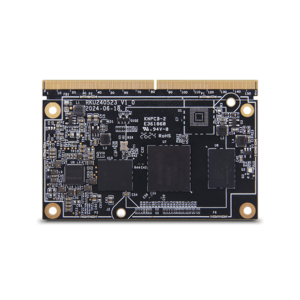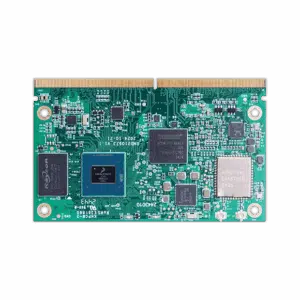Flexible COM Alternatives from Geniatech Promoting SMARC, Qseven, and OSM Standards
Flexible COM Alternatives from Geniatech Promoting SMARC, Qseven, and OSM Standards
Blog Article
Empowering Stuck Invention with Geniatech's Flexible Computer On Modules
Embedded programs are becoming increasingly varied, demanding flexible and scalable options to meet up their developing needs. That is where system on modules enter into play. These lightweight, ready-to-use embedded methods supply the blocks for designers to produce high-performance, tailored alternatives with ease.

Why are computer-on-modules gaining therefore significantly footing in the stuck methods market? The answer lies in their scalability and performance, creating them the go-to choice for industries from industrial automation to artificial intelligence. Below, we have a closer go through the significance of CoMs and how they're shaping the future of embedded applications.
What Are Computer-On-Modules?
Computer-on-modules (CoMs) are small, self-contained computing techniques that integrate necessary parts such as for instance processors, memory, interfaces, and operating systems onto a single module. Made to are the key of a custom software, they may be paired with a service board to increase characteristics and conform to unique use cases.
CoMs offer modular alternatives, removing the necessity for engineers to create a computing core from scratch. Instead, they could commit effort to innovating different aspects of the applying, which finally increases time-to-market while reducing development costs.
Why CoMs Are Revolutionizing Embedded Applications
1. Scalability Without Upgrade
Scalability is one of the standout advantages of CoMs. Hardware developers can target numerous efficiency degrees by simply changing adventures, as a result of standardized table layouts. This modular method removes the necessity of renovating equipment for every single performance tier. Whether for low-power IoT products or high-performance equipment understanding applications, CoMs present unmatched flexibility.
2. Reduced Development Time
Time-to-market is usually critical for industries innovating in fast-moving environments. CoMs streamline this method by adding probably the most vital computing elements into a pre-tested module. This enables engineering groups to target on designing service boards or developing application, as opposed to managing all facets of the hardware.
3. Space Performance
Small measurement is another remarkable attribute of CoMs. Provided the integration of multiple parts in to a single, little sort element, these modules are well suited for purposes where place reaches reasonably limited, such as for example medical gear, robotics, and consumer electronics.
4. Help for Advanced Functions
To generally meet the requirements of modern programs, CoMs often combine support for cutting-edge technologies such as for instance 5G connectivity, GPU speed, and real-time data processing. They allow developers to get into these capabilities without the problems of designing complex equipment from the ground up.
Industries Benefiting from CoM Options
The versatility of computer-on-modules assures their presence across a variety of industries. Some of the critical groups that gain include:
1. Professional Automation
CoMs provide trusted and scalable computing energy for method get a handle on, robotics, and real-time checking in industrial environments. Their compatibility with high-speed connection allows smooth integration into Industry 4.0 ecosystems.
2. Medical Engineering
Applications like patient tracking, diagnostic gear, and imaging techniques involve precision, consistency, and high-performance computing. CoMs supply most of these, with the included benefit of lightweight designs for space-constrained devices.
3. Synthetic Intelligence
CoMs improved for GPU performance are a favorite choice for AI-powered purposes like side computing, skin recognition, and intelligent surveillance systems. They permit efficient inference and real-time information analysis.

4. Automotive Applications
Modern cars demand stuck alternatives for infotainment methods, ADAS (Advanced Driver Guidance Systems), and diagnostics. CoMs meet these needs by providing consistent efficiency, endurance, and reliability.
The Potential of Stuck Processing
The continuing future of embedded research depends seriously on scalable and modular solutions. With raising need for creativity across all industries, CoMs will continue to be an integral enabler for companies looking to remain prior to the curve. Their capacity to reduce complexity, enhance scalability, and limit growth time makes them a critical portion in the toolkit of equipment engineers.
For firms seeking to produce high-performance programs without limiting on progress speed or quality, buying computer-on-modules is without question a step up the proper direction. Report this page